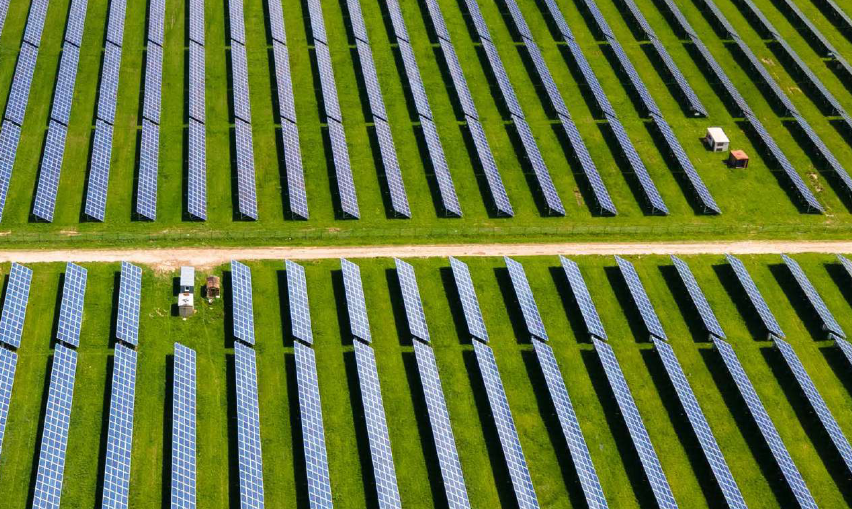The climate crisis is unfolding before us. The impacts have started to materialize, and they are affecting some of the most vulnerable communities in Latin America and the Caribbean. In 2020, average temperatures exceeded the historic record by 4.2°C in Florianopolis, Brazil, 2.4°C in Ciudad Juárez, Mexico, or 4.9°C in Santa Rosa, Ecuador. This same year, Brazil, Paraguay, and Bolivia experienced the worst drought in half a century, and thirty tropical storms were counted in the Atlantic basin, the highest number on record. The socioeconomic impacts of climate change are on track to be similar or higher, by 2030, to the devastation that the Covid-19 pandemic caused in 2020, which saw extreme poverty jump by 5 million, to 86 million, in the region.
The good news is that countries in Latin America and the Caribbean are acting. Eleven countries have pledged to reach net-zero emissions, most of them by around midcentury. Many agree that climate action can be in their best interest. We know that, done right, the transition to a carbon-neutral economy can bring 15 million net new jobs and 1% of additional GDP growth by 2030 to the region, even after the costs are considered. This is why climate action is one of the pillars of Vision 2025, the IDB Group’s pathway for achieving inclusive and sustainable growth.
Yet, delivering on the Paris Agreement goals is a gigantic task. In Latin America and the Caribbean, it means that 7 to 19% of GDP, or up to US$1.3 trillion of public and private spending, will need to be aligned each year with climate change goals. International finance will be essential but is bound to be insufficient. Transforming our economies is only possible if all domestic stakeholders also understand what the transition to net-zero emissions requires, why it can be in their interest, and how they can act on enabling it.
To assist in this task, a new IDB report published today demystifies what financing the transition to net-zero emissions means. It provides a menu of options for governments to consider and embark in the transition towards carbon-free prosperity. It shows how 15 transformations that rely on existing technology can help deliver deep emission reductions, acting on electricity; transport; agriculture, forestry and land-use; buildings; industry; and waste management.
The report then presents evidence of the type of social and economic benefits that countries in the region can expect from the transformations. For instance, reducing the use of fossil fuels equals less polluted cities and communities, bringing positive health impacts. Public transit can save billions of dollars’ worth of time currently wasted in congestion. Renewable energy, which is the cheapest form of electricity in the world, can deliver lower and more stable prices for customers and businesses. Forest and mangrove conservation comes with ecosystem benefits. And a circular economy can improve the competitivity of industrial firms.
But change will not happen by itself. Dozens of barriers, listed in the report, prevent public and private actors from investing in the transition to a carbon-neutral economy. Among them, regulations often favor incumbent technologies. Key infrastructure may be missing. Financing is difficult. Critical actors may lack information or the capacity to act. Change will create winners and losers. Governments wishing to enable the public and private financing of climate action can map these barriers, and act accordingly, by planning regulatory reforms, infrastructure deployment, fiscal reforms, capacity building, information campaigns, and measures to compensate the distributional impacts and ensure a just transition.
The point we make is not to say that decarbonizing is easy, or that countries should implement all the government interventions listed immediately. On the contrary: one key finding is that the transition to net-zero emissions economies is a complex and difficult one, that cannot be solved by a handful of government agencies or using only one or two policy instruments. It would instead require a ‘whole-of-government’ approach, where every ministry and all levels of governments, including states and cities, play a role.
Countries wishing to decarbonize will need to do so in their own terms, starting from a diagnostic of the challenges they face, their development priorities, and what fiscal space, capacity, and political capital they can use to impulse change. In this sense, the 15 transformations we provide in the report are but a list of options that governments may consider.
There will be no one size-fits-all-solution. The Paris Agreement, which has been ratified by all IDB members, establishes the need to ground climate action on the principle of common but differentiated responsibilities and respective capabilities. Each country should thus design its own tailor-made action plan to ensure a just transition and orderly transition to a decarbonized economy that brings net benefits to its firms, households, and communities.
We hope you will count on the IDB as a close partner to Latin American and Caribbean countries embarking on this process. We aim to provide $24 billion in climate finance over the next four years, and in 2021 we approved nearly $4.5 billion for climate-related operations, the highest amount in our history. From the IDB, we will continue to invest, support, and put all our knowledge at the service of this vital task, as we have done in the past. With this publication, we are taking another important step toward achieving this common goal.


Leave a Reply